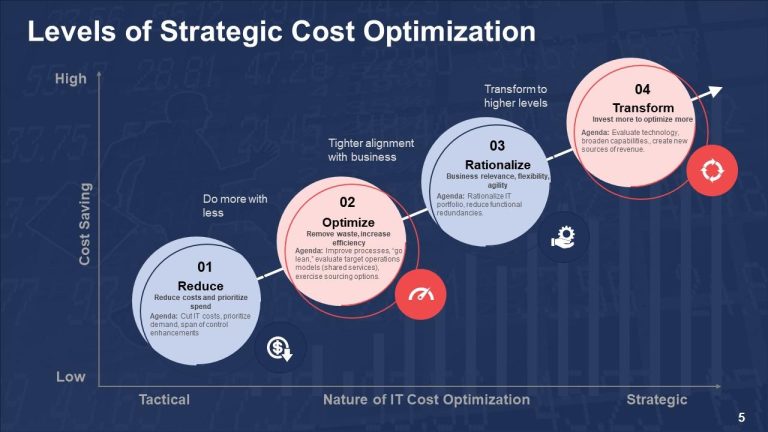Contact Suneth - Email: contact@sunethshanaka.com | WhatsApp: +65 9429 8613
THE NECESSITY OF COST OPTIMIZATION IN TODAY’S WORLD

In the current global economy, businesses generating millions or billions in revenue are often seen as behemoths with seemingly limitless resources.
The pressures and dynamics they face can be just as daunting as those encountered by smaller firms. Amidst economic fluctuations, competitive pressures, and evolving market demands, the necessity of cost optimization for these large-scale businesses is more crucial than ever. This article delves into why cost optimization is indispensable for such high-revenue companies and explores strategies to achieve it effectively.
The Imperative of Cost Optimization
Maintaining Competitive Edge:
Market Competition: In highly competitive industries, maintaining a cost-efficient structure can be the difference between leading the market and falling behind. Competitors continuously innovate to lower their costs and offer better pricing, making it essential for businesses to optimize their expenses to stay competitive.
Price Wars: In some sectors, companies engage in price wars to capture market share. Without cost optimization, sustaining lower prices can erode profit margins.
Maximizing Profit Margins:
Revenue vs. Profit: High revenue does not necessarily equate to high profits. Effective cost management ensures that a significant portion of revenue translates into profit.
Operational Efficiency: Streamlining operations and reducing waste can significantly enhance profit margins, providing more capital for reinvestment and growth.
Economic Resilience:
Economic Downturns: During economic slowdowns or recessions, businesses with optimized costs are better positioned to weather the storm. Reduced operational costs can help maintain profitability even when revenues dip.
Supply Chain Disruptions: Global supply chains can be fragile. Optimizing costs across the supply chain can mitigate the impact of disruptions, ensuring continuity and efficiency.
Sustainable Growth:
Resource Allocation: Efficient cost management allows for better allocation of resources, enabling businesses to invest in innovation, expansion, and other growth initiatives.
Scalability: Cost-optimized operations are easier to scale, supporting sustainable long-term growth.
Technology and Automation:
Digital Transformation: Leveraging technology to automate repetitive tasks can reduce labor costs and increase accuracy and efficiency.
Data Analytics: Utilizing big data and analytics helps in identifying cost-saving opportunities and optimizing supply chain management.
Supply Chain Optimization:
Vendor Management: Negotiating better terms with suppliers and diversifying the supply base can lower procurement costs and reduce risks.
Inventory Management: Implementing just-in-time (JIT) inventory systems can minimize holding costs and reduce waste.
Energy and Resource Efficiency:
Sustainable Practices: Investing in energy-efficient technologies and sustainable practices can lower utility costs and reduce environmental impact.
Resource Optimization: Efficient use of resources, such as water and raw materials, can lead to significant cost savings.
Financial Management:
Debt Restructuring: Optimizing the capital structure and refinancing debt at lower interest rates can reduce financial costs.
Expense Monitoring: Regular monitoring and auditing of expenses can identify areas for cost reduction and prevent financial leakage.
In today’s volatile and competitive business landscape, cost optimization is not merely a strategy but a necessity for million-dollar and billion-dollar revenue-generating businesses. It enables them to remain competitive, maximize profits, ensure economic resilience, support sustainable growth, and enhance shareholder value. By adopting a comprehensive and continuous approach to cost optimization, these large enterprises can secure their position in the market and achieve long-term success.



